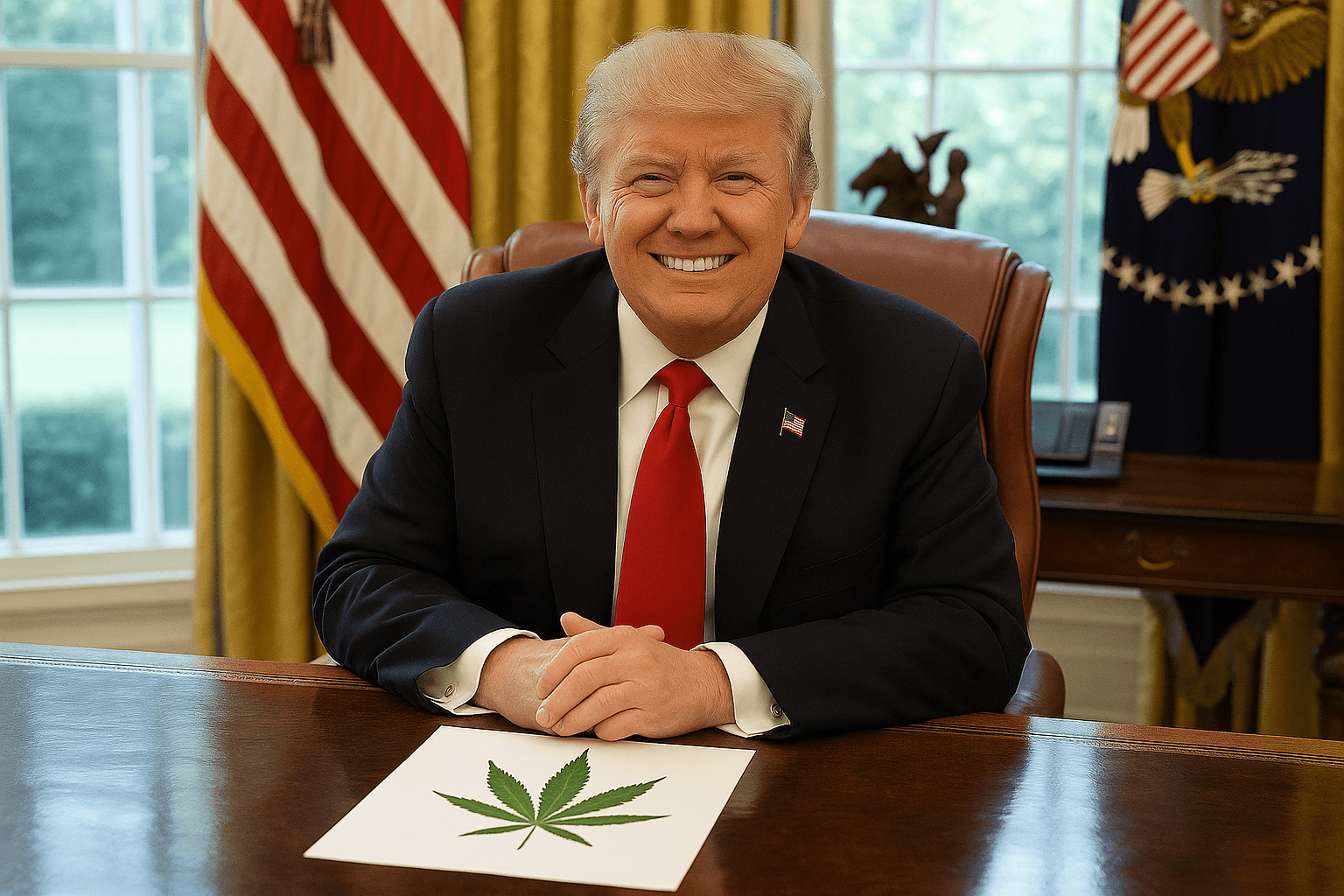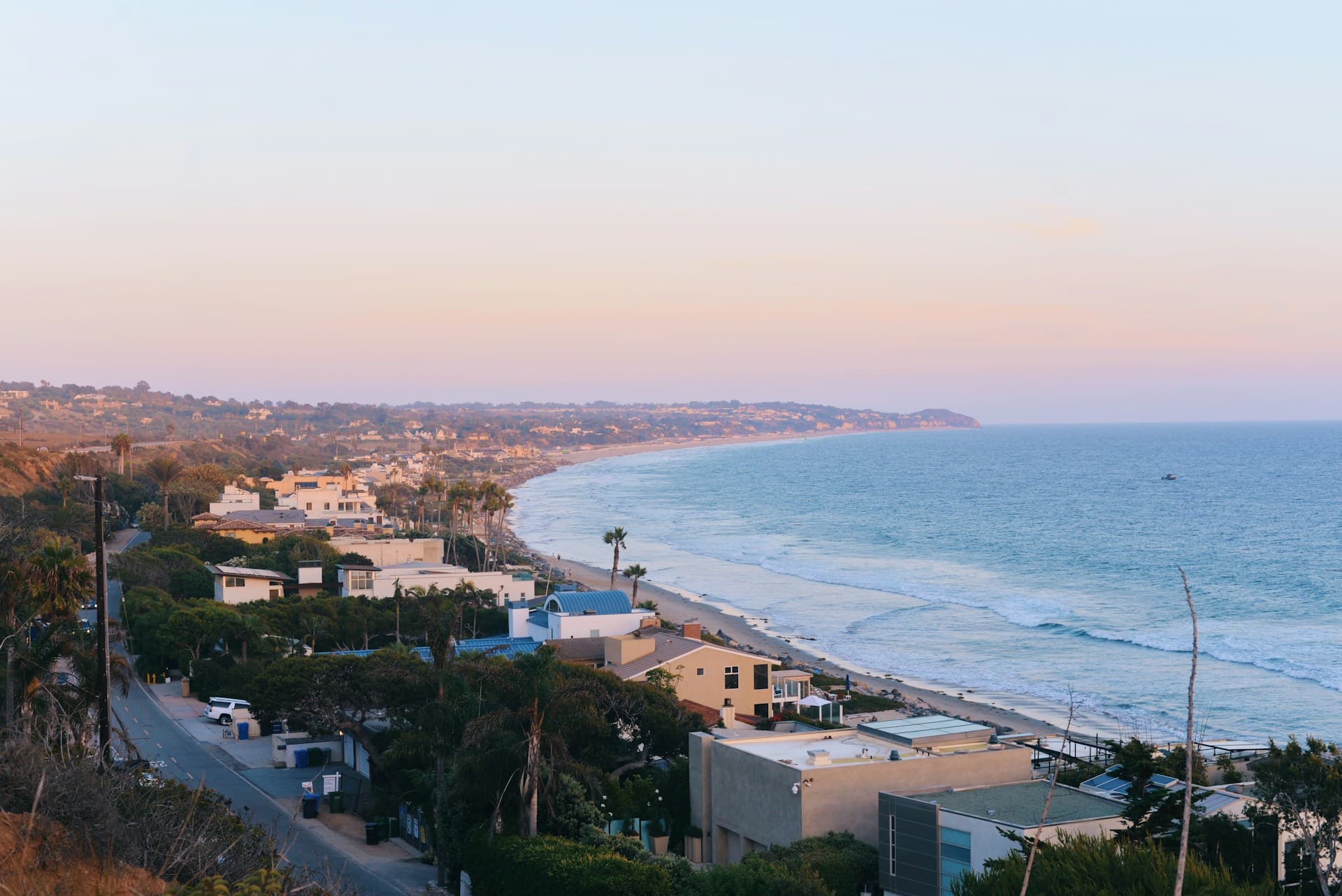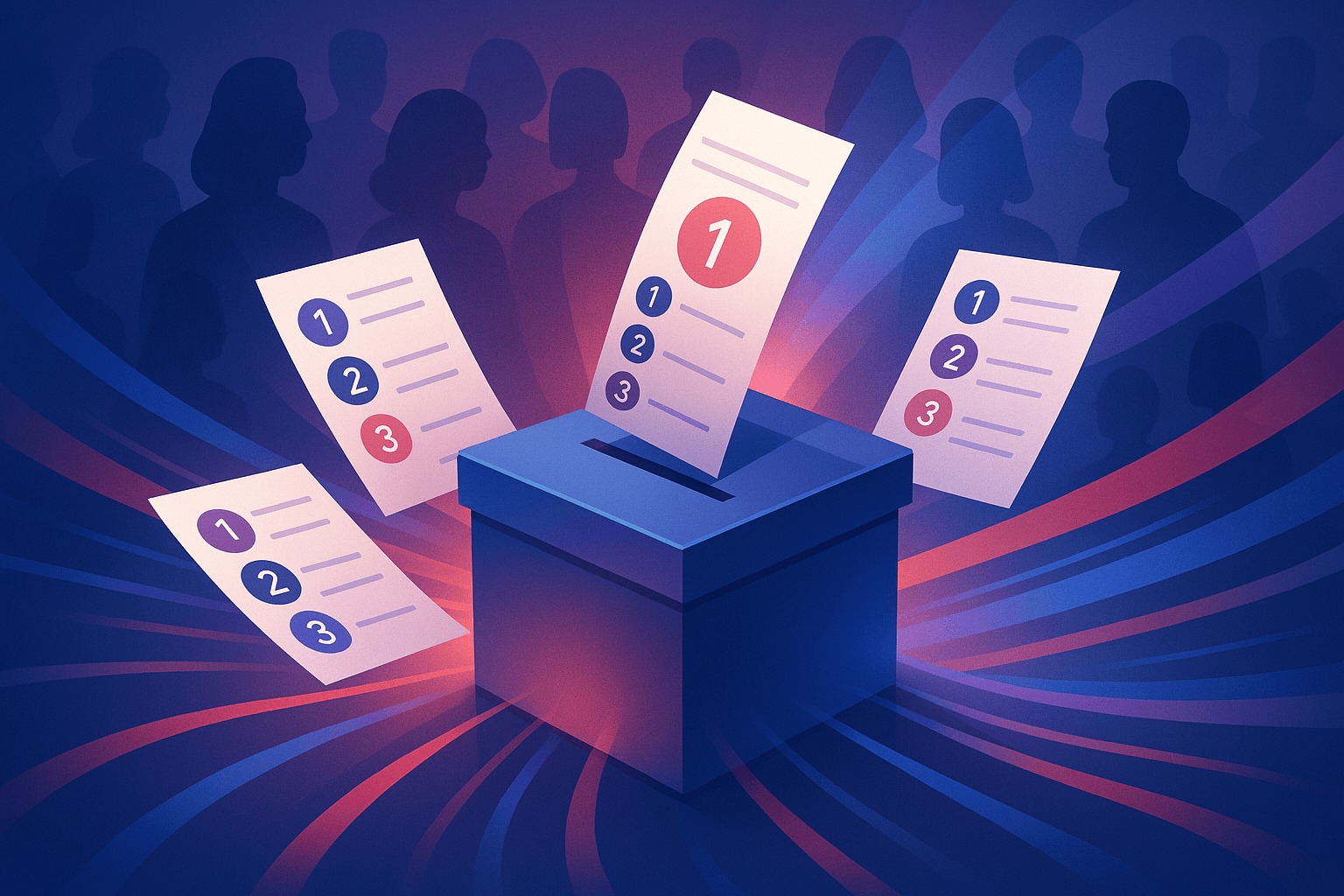Looking to the Founders: Thanksgiving and the Executive Order

Published: 27 Nov, 2014
4 min read
George Washington's Thanksgiving Proclamation, issued on October 3, 1789, was our nation's first executive order. Following the set examples of the Continental Congress and Congress Assembled under the Articles, the new Congress requested that Washington set aside a national day of thanksgiving.
Examining this short, 500 word proclamation and the precedents it set into motion would definitely help our understanding of the current political crisis, as well as what George Washington thought was important for a thankful people to do.
Washington's Seven Principles of Thankfulness
For our nation as a whole to truly be thankful, Washington outlined seven national and foreign policy statements that define what it means for our nation to be one of thanksgiving:
- Seeking Pardon for our national and personal transgressions;
- Performing our duties properly and punctually;
- To render our government a blessing to all people by " being a Government of wise, just, and constitutional laws;"
- To be an active player in world politics, "to protect and guide all sovereigns and nations (especially such as have shown kindness to us);"
- To promote religious freedom worldwide;
- To promote knowledge worldwide, especially sciences;
- To seek worldwide prosperity.
The Executive Order
In short, Washington was using his first executive order as a way to highlight his political platform and ideology, something that is still done in politics today.The only president to not issue any executive orders was William Harrison, but this is almost certainly due to his short presidency of only 32 days. Of the generation of the Founders, George Washington issued the most at eight, while Adams, Madison, and Monroe only issued one executive order each.After the generation of the Founders, the usage of executive orders steadily increased, with Grant being the first president to issue more than 200 during his two terms. Teddy Roosevelt was the first to break 1,000 executive orders -- yet it was his distant cousin FDR who would hold the all-time record at 3,522.No president since Truman has issued more than 500 executive orders.But like the first executive order, all of them were a tool for the president to advance their agenda and ideology. George Washington didn't have the authority to make his first executive order, nor did Congress have the authority to give it to him, but it was merely assumed that the Constitution granted this power when it instructed the executive "to take Care that the Laws be faithfully executed."Congress meets for around 150 legislative days in modern times, yet Congress is only required to meet once per year. The executive branch is the only branch of the government that is required to work for the people year-round.The "take Care" clause of the Constitution recognized this, and gave the president considerable leeway interpreting and implementing the law.In modern politics, all three branches of government have encroached on the other branch's duties and responsibilities. Beginning with the Thirteenth Amendment, Congress gave itself enforcement powers. Marbury v. Madison (1803) introduced judicial review, where the courts gave themselves the power to "legislate from the bench." And George Washington, with a short 500-word statement about being a thankful people, set the precedent of presidential legislation.Now, 225 years later, the boundary lines between the checks and balances are not completely clear, and it's really no wonder that so many people are upset!You Might Also Like
Is Trump About to Outflank Democrats on Cannabis? Progressives Sound the Alarm
As President Donald Trump signals renewed interest in reclassifying cannabis from a Schedule I drug to Schedule III, a policy goal long championed by liberals and libertarians, the reaction among some partisan progressive advocates is not celebration, but concern....
08 Dec, 2025
-
5 min read
From the Palisades to Simi Valley, Independent Voters Poised to Decide the Fight to Replace Jacqui Irwin
The coastline that defines California’s mythology begins here. From Malibu’s winding cliffs to the leafy streets of Brentwood and Bel Air, through Topanga Canyon and into the valleys of Calabasas, Agoura Hills, and Thousand Oaks, the 42nd Assembly District holds some of the most photographed, most coveted, and most challenged terrain in the state. ...
10 Dec, 2025
-
6 min read
Ranked Choice for Every Voter? New Bill Would Transform Every Congressional Election by 2030
As voters brace for what is expected to be a chaotic and divisive midterm election cycle, U.S. Representatives Jamie Raskin (Md.), Don Beyer (Va.), and U.S. Senator Peter Welch (Vt.) have re-introduced legislation that would require ranked choice voting (RCV) for all congressional primaries and general elections beginning in 2030....
10 Dec, 2025
-
3 min read


